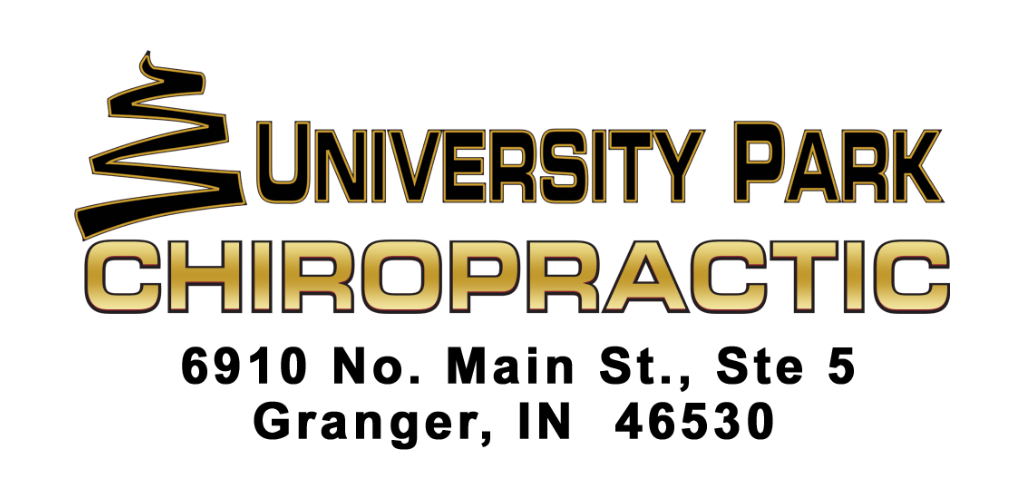FAQS ABOUT CHIROPRACTIC CARE
Is chiropractic effective?
Yes. Chiropractic care is safe and effective.
Scientific evidence proving that chiropractic care works are overwhelming. Over the past 20 years, many controlled and independent research studies have shown again and again that chiropractic care is safe and effective for treating low back pain, neck pain, headaches, and other conditions relating to the spine.
Based on these scientific studies, the consensus is that chiropractic care is the treatment of choice for most spinal problems. The extent to which a person can benefit from care varies depending on their problem and how long it has existed.
Do many people see chiropractors?
The non-surgical, drug-free healing nature of chiropractic provides benefits to the health of millions of other people worldwide each year. Most chiropractic patients experience real relief and improved general well-being and continue to make regular visits a part of their healthy lifestyle choice.
Why should I see a Chiropractor?
From professional athletes to homemakers, engineers to electricians, young people to seniors, chiropractic care has been the answer to optimum health. Many people see a chiropractor for back, neck, or other joint problems. Still, others find that regular visits to their chiropractor keep them in peak condition.
Regularly a dentist checks our teeth, an optometrist checks our eyes and a doctor checks our blood pressure and heart. Yet, we take the spine – a crucial component of our body – for granted. Call us today because regular checkups of your spine can help you maintain better health.
What is a chiropractic adjustment? Is it safe?
An adjustment is the main method of treatment used by your chiropractor. It is a specialized, controlled and safe pressure applied to your spine to restore the proper motion and position of your vertebrae. It is a precise procedure that your highly skilled chiropractor has learned and perfected over years of training at a Chiropractic College and in clinical practice.
Every health procedure, from taking aspirin to giving blood, involves a level of risk. Chiropractic adjustments are among the safest of all health care interventions because they are non-surgical, drug-free, and present an extremely low risk. And they work!
What can I expect during my 1st visit?
Although each of our doctor’s processes varies slightly, you can expect to complete a full medical history questionnaire and “new patient” paperwork.
You will then consult with the doctor. This consultation is your opportunity to discuss your health concerns and past health history with the doctor.
A physical exam will be performed which may include orthopedic testing, reflex assessments, muscle testing, and a specific chiropractic evaluation. X-rays may be necessary to determine an exact diagnosis. X-rays can be done right at the office. In order to have time to give your case a thorough study, your doctor will go over the results of the exam and x-rays with you on the next visit.
Then, depending on your situation, your doctor may give you an adjustment and/or begin physical therapy, if needed. Adjustments should not be painful, although you may feel some discomfort until the pressure in the joint is relieved.
Depending on your condition, your chiropractor may schedule a series of visits for care.
As a licensed practitioner, it is the duty of your chiropractor to do the following:
- A thorough review of your specific problem is conducted, including relevant past history and overall health.
- You will be asked to perform physical tests and movements to help identify the problem.
- In certain situations, an X-ray may be used to confirm the history and examination findings and to investigate for the presence of any underlying bone conditions or pathological developments.
- A diagnosis is made, with treatment options for its resolution outlined. If it is, a plan of treatment is communicated. If it is not a chiropractic problem, an appropriate referral is arranged.
- A prognosis is made, taking into account your general health habits, occupation, stress, and activity levels.
- Your response to treatment is monitored by your chiropractor, who looks for an improvement to your specific condition, as well as for changes in your overall health.
Two of the basic components of chiropractic care are wellness and prevention. Utilization of exercises, along with nutrition and lifestyle modifications may also be suggested to improve your overall well-being and promote active patient-centered care.
What results can I expect from treatment?
That depends on your condition. The length of time you have had the problem, your age, and the degree of your disability all affect the length of your treatment.
Your Doctor of Chiropractic should be able to give you an estimate of the extent of relief you should receive from the recommended treatment and how long you can expect it to last.
One of the main reasons people choose chiropractic is that they often get quick results. Individual cases vary and chronic conditions obviously need more treatment. However, Workers’ Compensation Board studies show that people with low back pain return to work much faster with chiropractic care.
How long do Doctors of Chiropractic go to school?
Today’s graduating Doctors of Chiropractic have studied and trained in a post-secondary college or university for at least seven years. Just like medical or dental students, they must first complete undergraduate study before applying for admission to a chiropractic college.
Becoming a chiropractor is a demanding and highly rewarding path that includes a minimum of 4,500 hours of intense academic study including classroom learning, clinical science, and internship training. During the course of their training, he/she will have studied the following three areas:
- Basic sciences, including anatomy, physiology, pathology (the study of diseases), biochemistry, clinical sciences, X-ray interpretation, and differential diagnosis.
- Training in the philosophy and practice of chiropractic.
- Clinical internship with emphasis on hands-on practice.
Your chiropractor is a primary contact provider just like your family physician, optometrist, or dentist. You do not need a referral from your medical doctor to see a chiropractor.
















